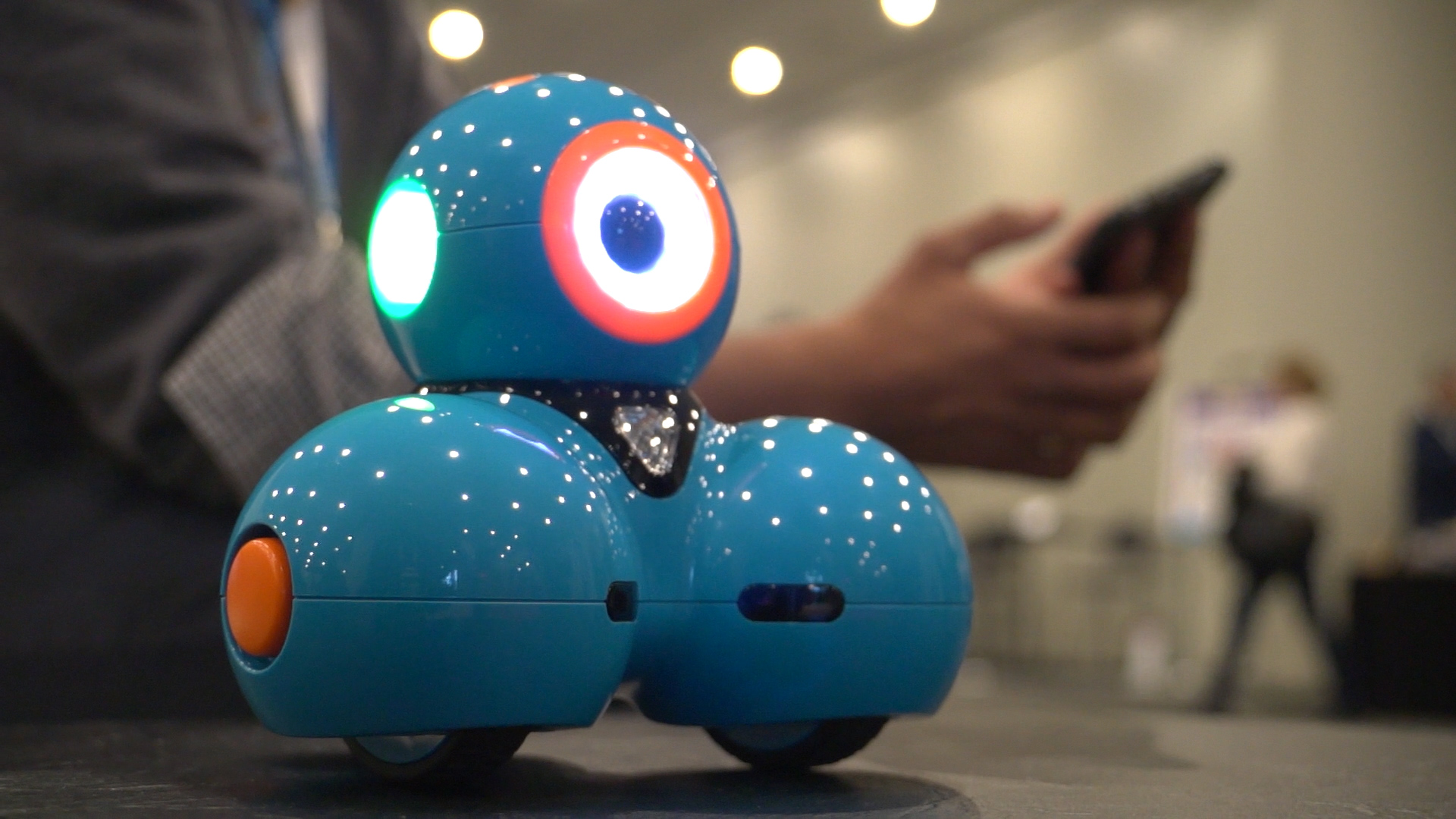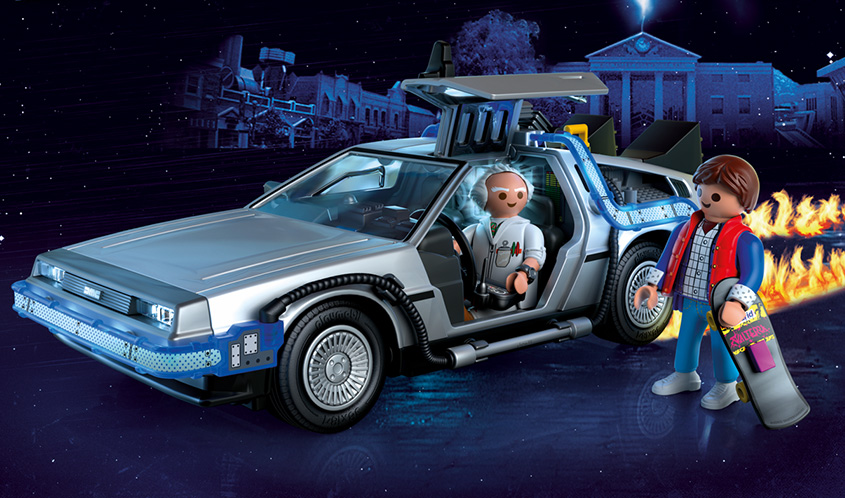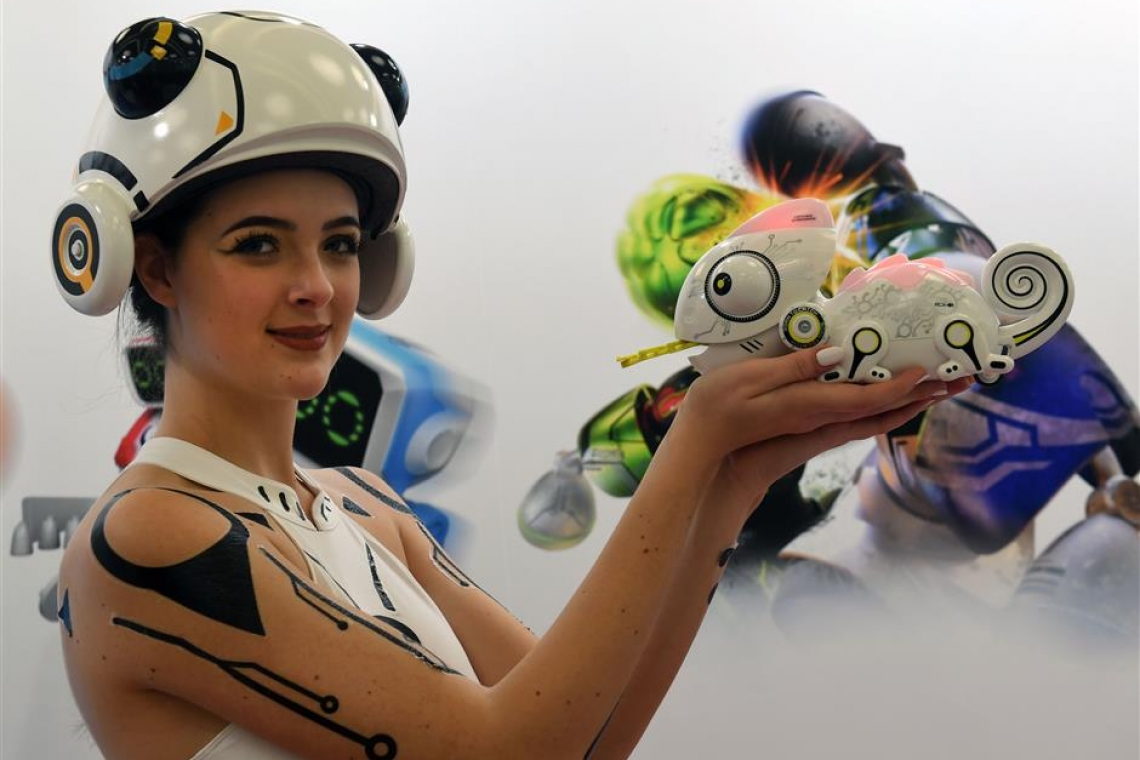The prediction of the future for the toy industry in the year 2022 is subject to numerous moving parts and none of them seem to want to behave. Still, it is important to prepare for future developments.
So, before getting into predictions let’s take a look at some of the forces currently in play:
- Bricks and mortar retail is struggling, particularly big box. Toys "R" Us is in bankruptcy and some have concerns about the entire concept of bricks and mortar retailing. Which of the bricks and mortar retailers will be active and to what degree is anyone’s guess.
- E-commerce is on fire and there is no end in sight to Amazon’s almost exponential growth. Ironically, they could be the future of bricks and mortar retailing as they enter the market with new ideas and fresh strategies – like having stores with no employees.
- Consumers, particularly Millennials, are less likely to drive to a store than their Boomer parents and grandparents. Why because they see a previously unrecognized opportunity cost in driving to the store and not finding what was wanted. Simply put, buying on line saves time and is more efficient.
- An online shopper needs credit and access to the Internet and the lowest economic class has neither. It is for that reason that value operators like Dollar General and Family Dollar are bright spots in bricks and mortar. Simply put, they are the place to go for the digitally and economically disenfranchised. These chains are prospering and therefore energizing an already dynamic market for low, low price items offering outsized value to lowest income shoppers.
- China is emerging as a major consumer market for toys. In fact, Euromonitor predicts that China will replace the US as the number one country for toy consumption by 2021.

Based upon that, what is the toy industry going to be like in 2022?
- Baby Boomers and Generation X'ers will have exited the management ranks with Millennials taking their place. They will change the face of retailing and manufacturing with new ideas unchained to 20th century notions of doing business.
- China will be the #1 consumer market for toys in the world. Expect to make a lot of trips to China as American toy companies become increasingly invested in the Chinese domestic toy market.
- Amazon will be the number one toy retailer in the US and much of the world.
- Toys "R" Us will still be with us but with different owners, fewer and smaller stores and some surprisingly strong competition from independent toy retailers.
- Independent specialty retail will grow as operators move into zip codes abandoned by Toys “R” Us.
- There will be a return to pre-self service retailing. Shopping will be far more person-to-person and interactive.
- 3D Printing will have evolved to the point that it begins to cut into traditional factory based production. We will see this in both digital and physical locations that can supply personalized products on demand.
- We are already seeing companies like AMC and IMAX offer digital play / entertainment experiences so look for more competition for play dollars to be coming from those who offer an experience you cannot get at home.
- Licensing will still be highly important but an oversupply of shows (think YouTube, Netflix, Disney Channel, NBC Universal, Nickelodeon and more and more) plus a continuing parade of blockbuster movies will make choosing the right license a losing proposition.
- License royalty fees will come down for everyone except Disney while the entertainment industry goes through a shakeout.

The future of play: why digital toys are going to rebound
There has been much talk this year about parents pushing back against technology, a return to playing outdoors and a resurgence in traditional toy sales. Supporting this notion is the NPD’s report that “Outdoor & Sports Toys” were the second biggest growth category in 2016. NPD also reported that other old school categories like games and puzzles as well as dolls were up strongly. Digital play enjoyed modest growth.
That’s good news but I don’t think we should be fooled into thinking that the embrace of the non-digital is a harbinger of the return of old school play. Growth in technology is inevitable. In fact, exponential growth is what is inevitable. Toys will not be immune.
Why are toys not immune to the digital development?
My friend, Scott Traylor, is a widely recognized leader in digital consumer products. Scott is the author of “Moore’s Echo”.
You are probably more familiar with Moore’s law. That was the 1965 prediction (which came true and is still coming true) that the number of transistors per square inch on integrated circuits would continue to double. “Moore’s Echo” predicts that whatever is cutting edge technology will become a toy in three years. In essence, toys follow technology very closely because as quantity goes up prices go down, making the price right for a plaything.
Why will technology continue to grow exponentially?
I recently chanced upon the term “Accelerating Change”. It is the idea that technological change has historically been accelerating. Just take a look at what has changed in your lifetime as compared to your parents.
In researching “Accelerating Change” I came upon renowned futurist Ray Kurzweil. His many predictions have been uncannily accurate. He is also an inventor and Forbes Magazine has called him “the rightful heir to Thomas Edison”. Kurzweil is in part known for his 2001 essay, “The Law of Accelerating Returns, in which he stated:
An analysis of the history of technology shows that technological change is exponential… So we won't experience 100 years of progress in the 21st century—it will be more like 20,000 years of progress…
To illustrate his point, Kurzweil turns to the story of the Emperor and the Chess Board. He wrote:
I am fond of telling the tale of the inventor of chess and his patron, the emperor of China. In response to the emperor’s offer of a reward for his new beloved game, the inventor asked for a single grain of rice on the first square, two on the second square, four on the third, and so on. The Emperor quickly granted this seemingly benign and humble request. One version of the story has the emperor going bankrupt as the 63 doublings ultimately totaled 18 million trillion grains of rice.
It should be pointed out that as the emperor and the inventor went through the first half of the chessboard, things were fairly uneventful. The inventor was given spoonfuls of rice, then bowls of rice, then barrels. By the end of the first half of the chessboard, the inventor had accumulated one large field’s worth (4 billion grains), and the emperor did start to take notice. It was as they progressed through the second half of the chessboard that the situation quickly deteriorated.
I think our take away from this is that the notion of technology in play is just beginning. We are experiencing a resting period as people take a time out to take a breath. It will, however, continue to accelerate at an ever-faster pace.
Therefore, the toy industry shouldn’t bet against technology in toys. Yes, there will certainly always be purely physical play but smart companies will balance their portfolios. There is more growth to come and it’s going to get wild and different than anything you may expect. As Kurzweil puts it: “When you talk to a human in 2035, you'll be talking to someone that's a combination of biological and non-biological intelligence.“ How do you make a toy for that kid?



